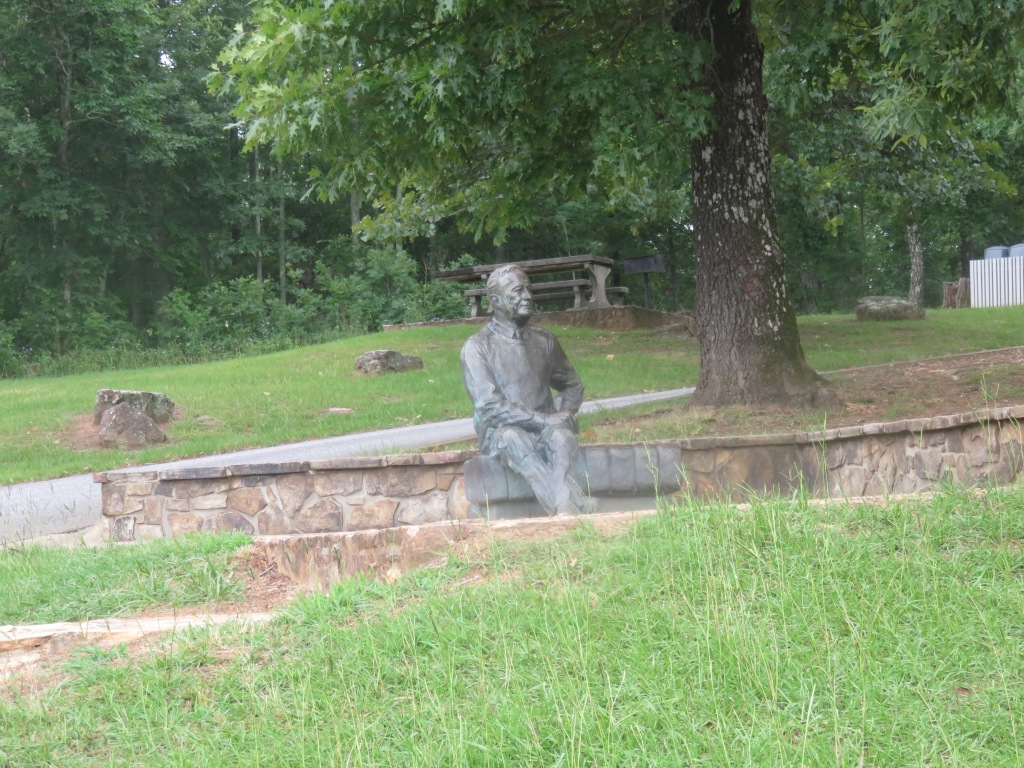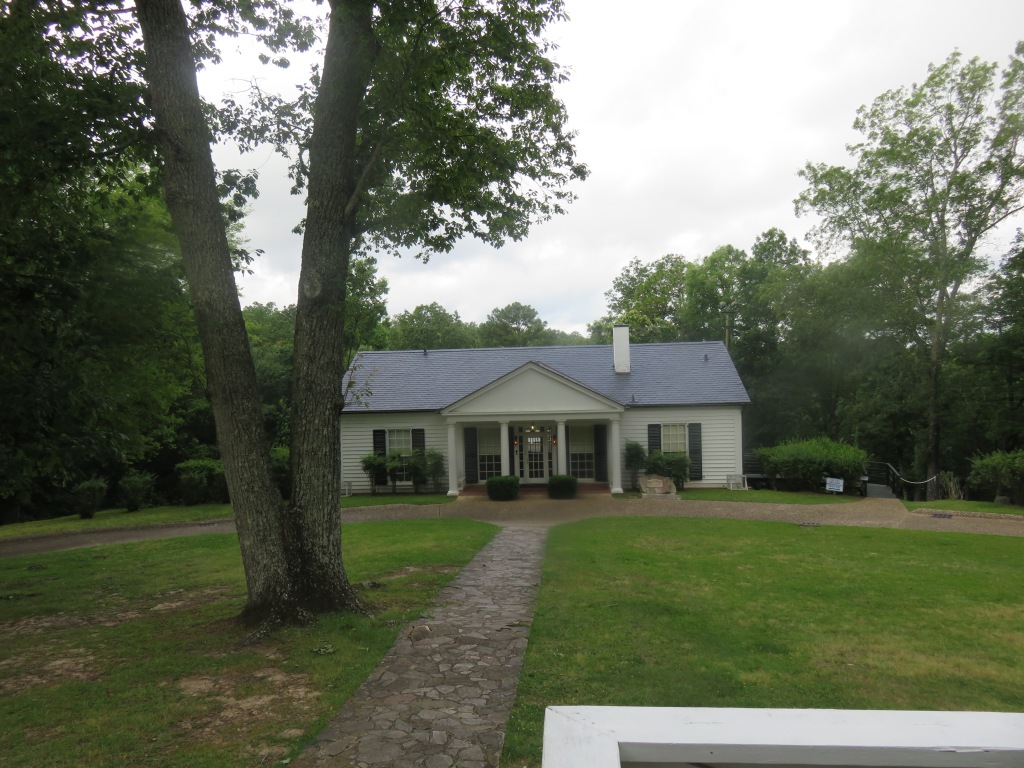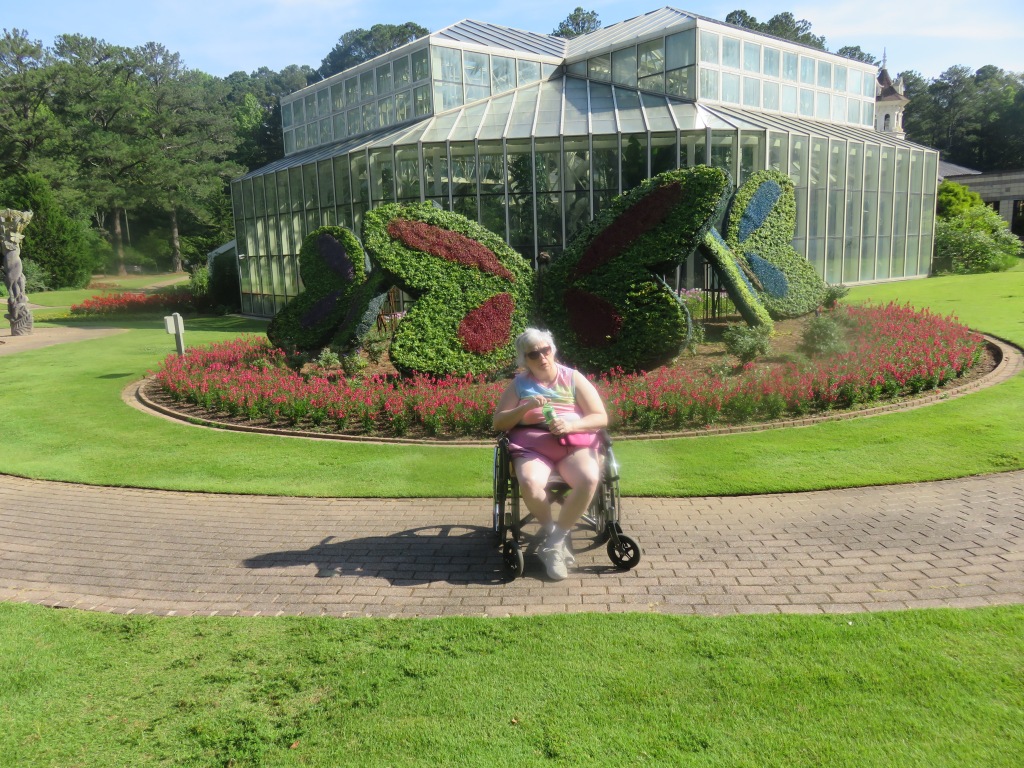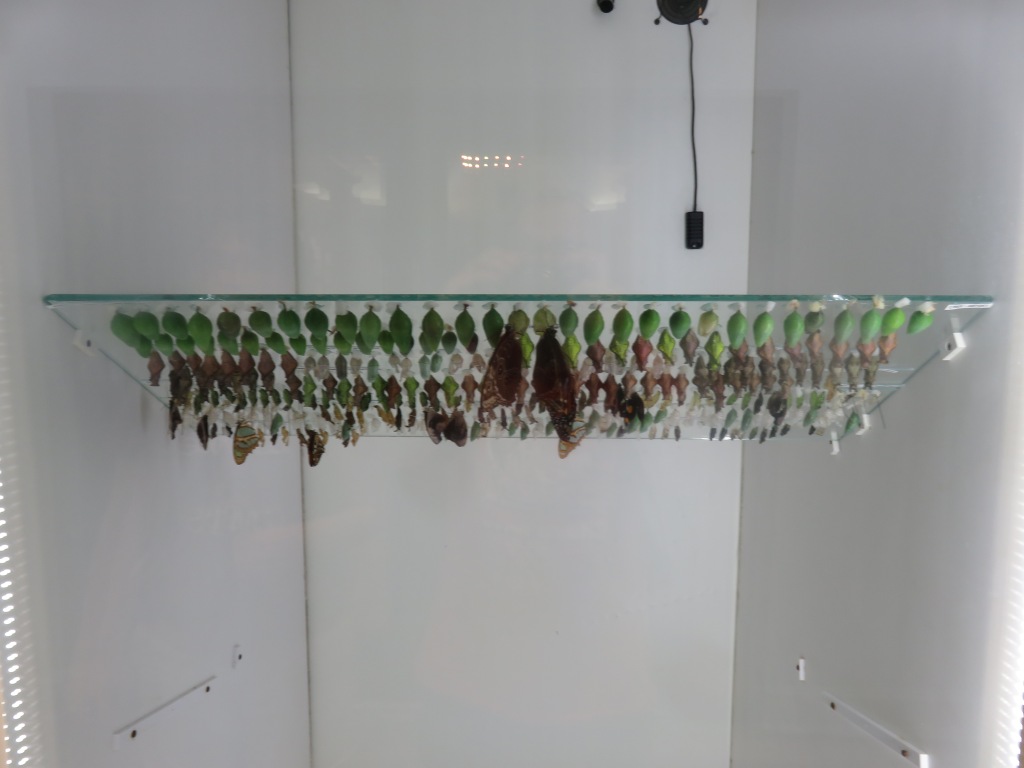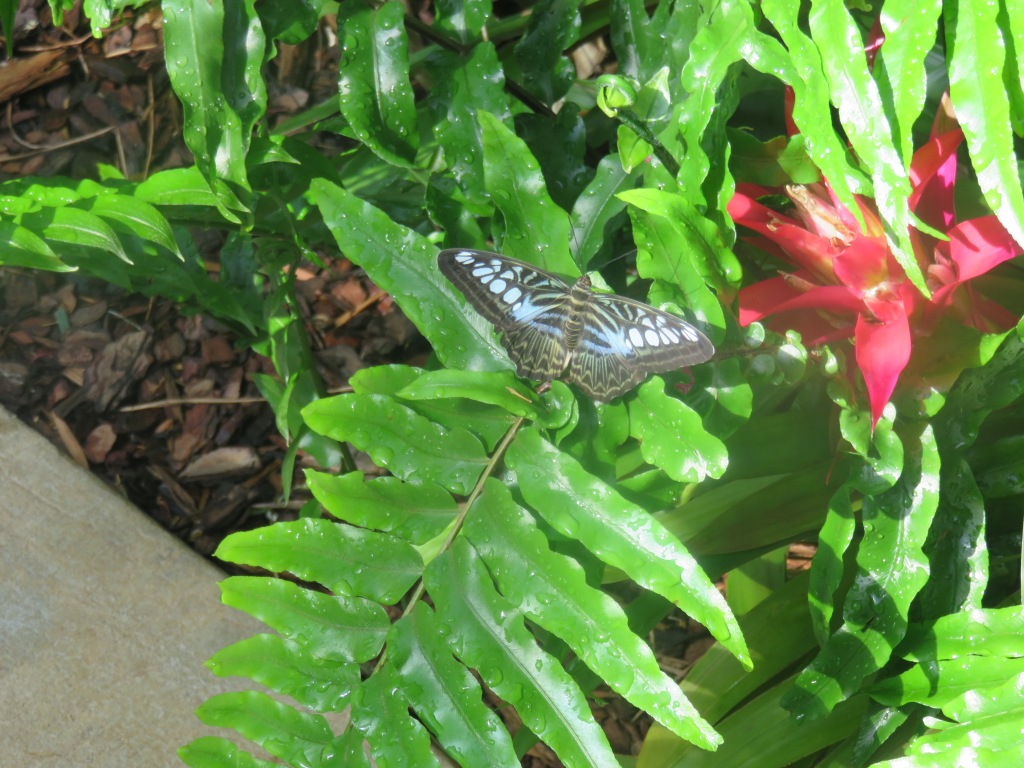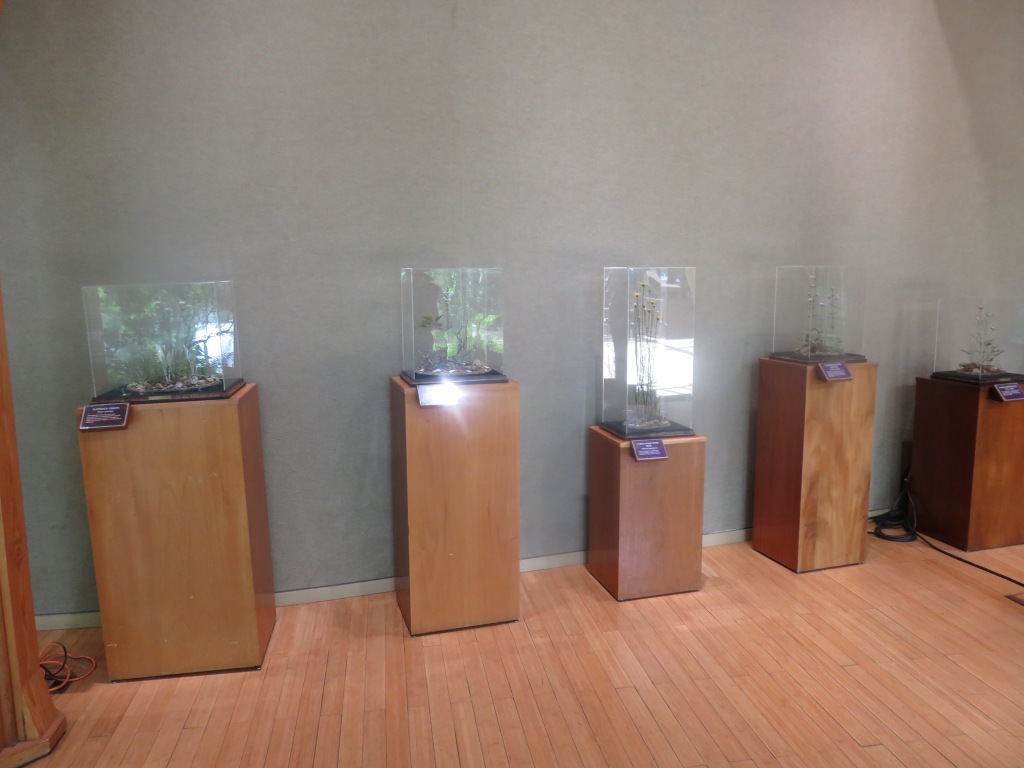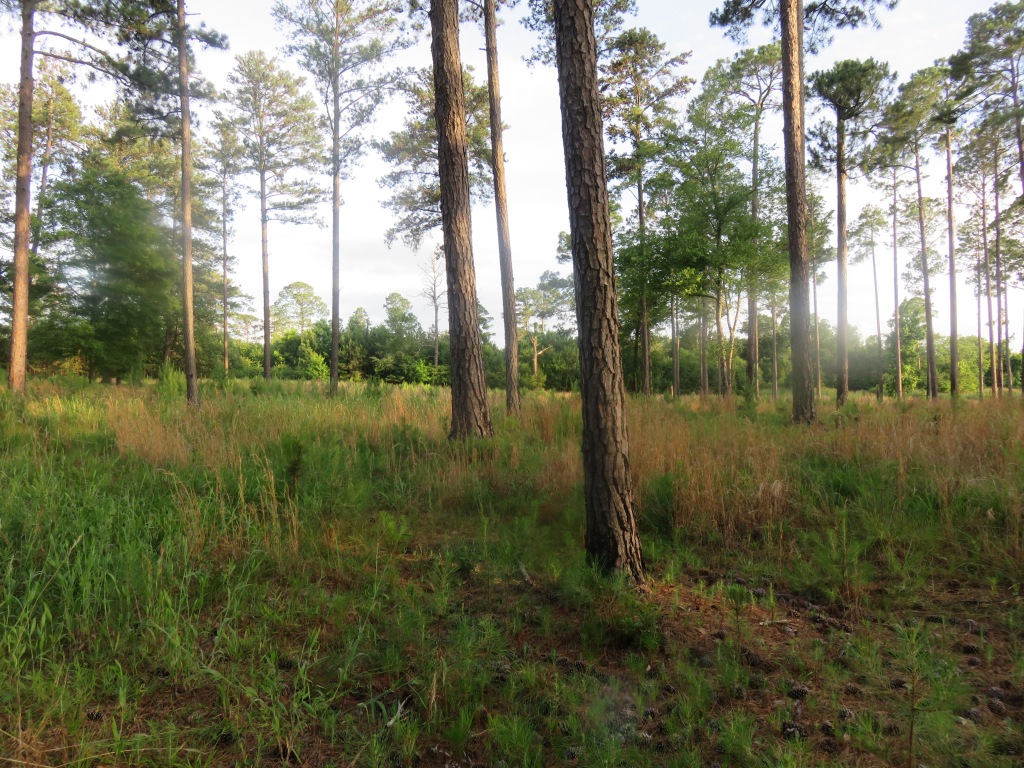Evidence suggests elk (Cervus canadensis), known as red deer in Eurasia, crossed the Bering Land Bridge and colonized much of North America ~15,000 years ago about the same time people did. Although most people don’t think of elk when they consider fauna of the deep south, there is archaeological and historical evidence elk inhabited southeastern North America until the 19th century at least as far south as the piedmont region. There is no evidence elk occurred on the lower coastal plain or Florida, so the piedmont was likely the southeasternmost limit for this species. Oddly enough, it seems the open pine savannahs of the coastal plain would’ve been good habitat for elk because they are grazers, but apparently, they were absent there. Perhaps, they couldn’t adapt to the types of flies and gnats that tormented them on these humid plains. Good habitat on the piedmont included pine savannahs and woodlands on foothills and fall line hills, kept open by frequent fire. An example of elk friendly habitat in this region can be found on Burke’s Mountain in northern Columbia County, Georgia where ultramafic soils inhibit tree growth and allow grasslands to predominate. This site might be where William Bartram found elk, bison, and deer bones mixed with human remains when he traveled through the south during 1776. An elk bone was found in Kingston Saltpeter Cave in Bartow County, Georgia, but this specimen was never described. Another elk specimen was found near Charleston, South Carolina, but the best evidence of elk in the south is from Alabama.

Burke’s Mountain in Columbia, County Georgia. This is the type of habitat elk inhabited in the piedmont region of southeastern North America. Photo by Alan Cressler.

Map showing where elk remains dating to the late Pleistocene and the Holocene have been found in Alabama. Image from the below reference by Ebersole.
As the above map shows, elk remains dating to the late Pleistocene and from just a few thousand years ago has been found at a number of sites in Alabama including Greene County, Pickens County, Dekalb County, and along the Tongbigbee River. The elk remains in Pickens County probably date to between 5,000-12,000 years ago. Elk toe bones found at the Bluff Creek Site before it was flooded by the Tennessee Valley Authority when they constructed the Pickwick Landing Dam were modified by humans. One of the toe bones was burned, and the other was ingested and defecated by a carnivore, but archaeologists can still determine they were modified by Indians.
Indians made fishhooks from deer and elk toe bones, but the ones found in Alabama were gaming pieces. Indians played a game with them that required great dexterity. They polished the elk toe bones, bored holes in them, and attached them to a string that was in turn attached to a needle. 3-9 toe bones were attached to this needle. While holding the needle, the player would toss the toe bones in the air and try to get them to land on the needle. The winner was the person who got the most toe bones to land on the needle. The Sioux Indians played this game. It seems low tech but challenging.

Image of elk toe bones discovered in Lauderdale County in northwest Alabama. From the below reference by Lev-Tov.
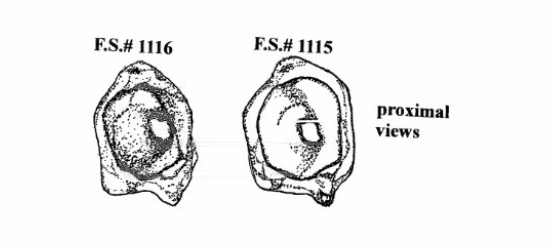
Image of elk toe bones used in the ring and pin game. Note the boreholes. From the below reference by Lev-Tov.

Illustration of the ring and pin game played by the Sioux and other Indians. The player held the bottom end of the needle and tried to get the bones and loops of beads to land on the needle.
References:
Ebersole, J.; and S. Ebersole
“Late Pleistocene Mammals of Alabama: A Comprehensive Faunal Review with 21 Previously Unreported Taxa”
Alabama Museum of Natural History Bulletin December 2011
Lev-Tov, J.
“The Function, Date, and Cultural Implications of Modified Phalanges from Russell Cave and the Bluff Creek Site in Alabama”
Alabama Medicine: Journal of the Medical Association of the State of Alabama 48 (1) Jan 2002
